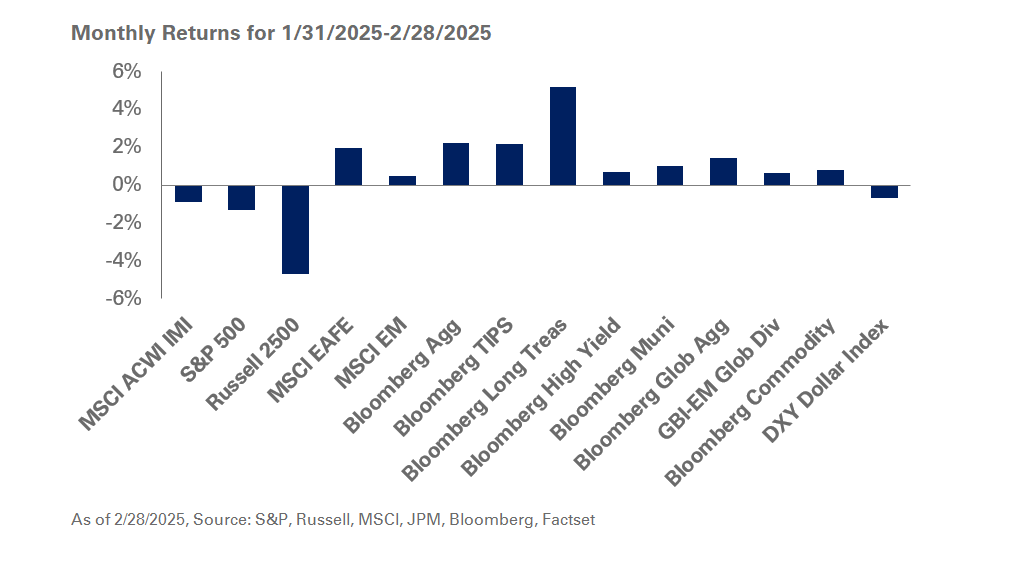The closely-watched inclusion of Chinese equities in the MSCI Emerging Markets Index overshadowed another newcomer in 2019: Saudi Arabia.
Its entry—on the back of reforms and operational improvements in its equity markets—will likely be viewed by investors as an additional opportunity-set to mine for excess returns. It may also provide diversification especially from those countries less dependent on energy as an economic engine. The inclusion of Saudi Arabia’s 69 equities in the MSCI EM Index, a popular emerging markets benchmark, also foreshadows the potential entry of Saudi Aramco, the world’s most profitable company. Currently state-owned, energy behemoth Saudi Aramco is on a path to becoming a publicly-traded company in what is slated to be the world’s largest initial public offering. Its IPO sets up Saudi Aramco to be one of the largest weightings in the MSCI EM Index.
Saudi Aramco’s actual weighting will depend on the amount of capital raised by the IPO and the valuation the company targets and gets from the markets. The target right now is a phased IPO, building to an issuance of 10% of the total valuation of the company. While 10% may appear to be a fraction of Saudi Aramco’s total value, at a targeted valuation of $2 trillion, a $200 billion market capitalization would still make it one of the top five companies in the MSCI EM Index, just behind heavy hitters like China’s Alibaba, an e-commerce juggernaut, Tencent, a social media and gaming behemoth, and Taiwan Semiconductor. Of course, a more modest and realistic valuation of $1 trillion-to-$1.2 trillion would mean a reduced but still meaningful float of over $100 billion, just behind Samsung as the fifth-largest company in the MSCI EM Index.
Saudi Aramco’s addition to the MSCI EM Index would enable Saudi Arabia to leapfrog to a standalone weighting behind heavyweights like India and Brazil; from its absence just months ago, to 2.6% pro forma after inclusion, Saudi Arabia would jump to 4%-to-6% of the MSCI EM Index after Saudi Aramco goes public. This means investors indexing emerging market equities or investment managers focused on deviations from the MSCI EM Index will own significant holdings of Saudi Arabian equities.
At NEPC, we believe there could be a strong bid for Aramco and emerging markets overall to the extent investors find the energy company appealing. If allocations to Saudi Arabia are driven more by index tracking, these flows into Saudi Arabian markets would likely occur through reallocations within emerging market funds, proving bullish for Saudi Arabia and bearish for emerging market countries experiencing outflows. While a larger weighting to Saudi Arabia and a mega-cap company like Aramco would modestly change the characteristics of the MSCI EM Index, we believe the overall return profile of emerging markets remains in place. Another implication for emerging market investors: A fully-integrated weighting to China and Saudi Arabia (including Aramco) in the MSCI EM Index would roughly total 25%, meaning a large portion of the MSCI EM Index would be pegged to the US dollar, limiting currency volatility for US investors. We continue to recommend emerging markets to investors with a long-term horizon due to their better growth prospects, demographics and valuations relative to the developed economies.
To be sure, Saudi Aramco’s IPO is still a work in progress and could see further delays after recent attacks on its oil fields. We continue to closely follow this event and its potential impact on emerging markets.



